And he'll move that LEO around (typically he is into the boundary, but can line up strong/weak field boundary), including to line up in Mint
And then he utilizes the LEO in a way to allow him to slant/pinch/stunt his way in and out of even/odd fronts post snap, giving the OL a cloudy picture on blocking assignments. In that way, the LEO is truly a post-snap modifier. Where the downside is sometimes you end up with a DE sized person on the interior, you make up for it generally by causing uncertainty and then attacking blockers off the snap.
Generally speaking, this is a spill first defensive front. Knowles prefers to utilize the DL to close interior gaps, which results in the Ends often playing a heavy technique and spiking inside to the B gap (weak side) or C gap (strong side) in an effort to push the ball to the edge. This is a run mentality first defense the operates under the premise of block destruction more than gap penetration, a pretty major shift in philosophy for Ohio State. Gap penetration typically sees the DL move and get skinny, trying to work their way into the backfield in order to disrupt the play. Block destruction attacking blockers, it makes it so the DL is being physical against movement, and makes it difficult to get into combo blocks and out to the second level. The whole idea is to muck up the middle, and push the ball to the edge.
This does mean the DL must have a run first attitude on standard downs. That means that pass rush can be impacted because especially DEs are going to first make sure their inside gap is covered vs the run, and then when they confirm pass, they'll work on their outside pass rush lane.
Now, I do love heavy technique DEs against the run game. Zone teams have a lot of trouble communicating it, and it really can cause problems in the backfield against gap schemes. It can also work well against pass pro, as a lot of college OTs will overset to the outside and get beat inside. Having that two way go, inside first run defense mentality in general is a negative is pass rush, but you will see instances where it becomes a benefit.
You will also see some run stunts. I mean, not in the spring game, that would be crazy, but on like, actual game film, you see it. But what is interesting, is that the vast majority of the stunts are just different ways of getting defensive lineman into interior gaps, and possibly steal gaps. For instance, here is a TEX stunt (Tackle First, End Loop) where the Tackle attacks the B gap so the DE can loop into the A gap. Notice how quick the stunt is (little to no vertical sell from the End), because it is a Run Stunt. It is designed to get the DE inside by all means necessary.
Knowles will also sometimes incorporate "2 Outside" run stunts against spread option teams. What this does is put two defenders outside the frame of the OT. One of them will attack the QB, the other will scrape hard down the LOS to cancel gaps behind the LOS. Which one does what (the one more inside, or the one more outside), will depend on the call.
 |
| Back-to-Back Stunt |
 |
| Echo Stunt |
The overall intent here is to disrupt blocking schemes with block destruction and changing the picture both pre-snap and post snap), force the ball to the edge, spill and kill. He will occasionally dial up the blitz too in order to add numbers. The overall intent is to generate TFLs and run stuffs on early downs and force the offense into pass downs quickly, where he can unleash some of the back end things we'll get to later.
As a result though, you can sometimes end up with fairly loose coverage on the back end on early downs, and sometimes can get edged with quicker hitting sweeps as the ends are pulling inside (but this assumes that blockers find the right second/third level targets to block, which can be tricky).
The Back End
At Oklahoma State, Knowles was primarily a 3-high safety look.
but he would occasionally get into some 2-high 4-2-5 looks, or even some 1-high (or zero high).
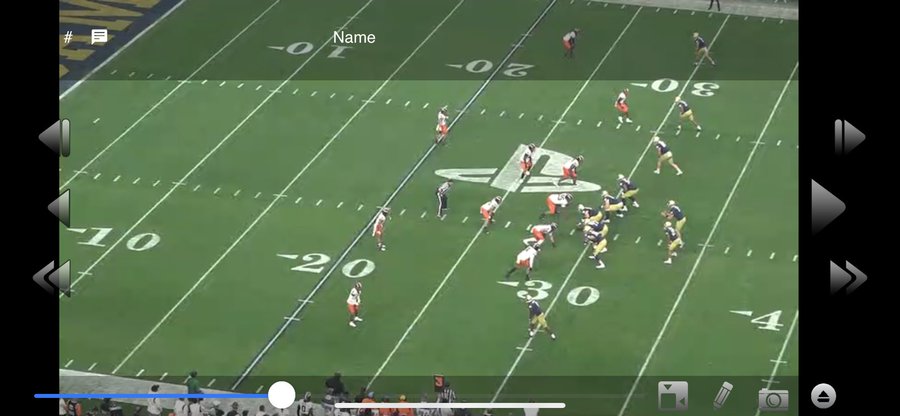 |
2-High 4-2-5
|
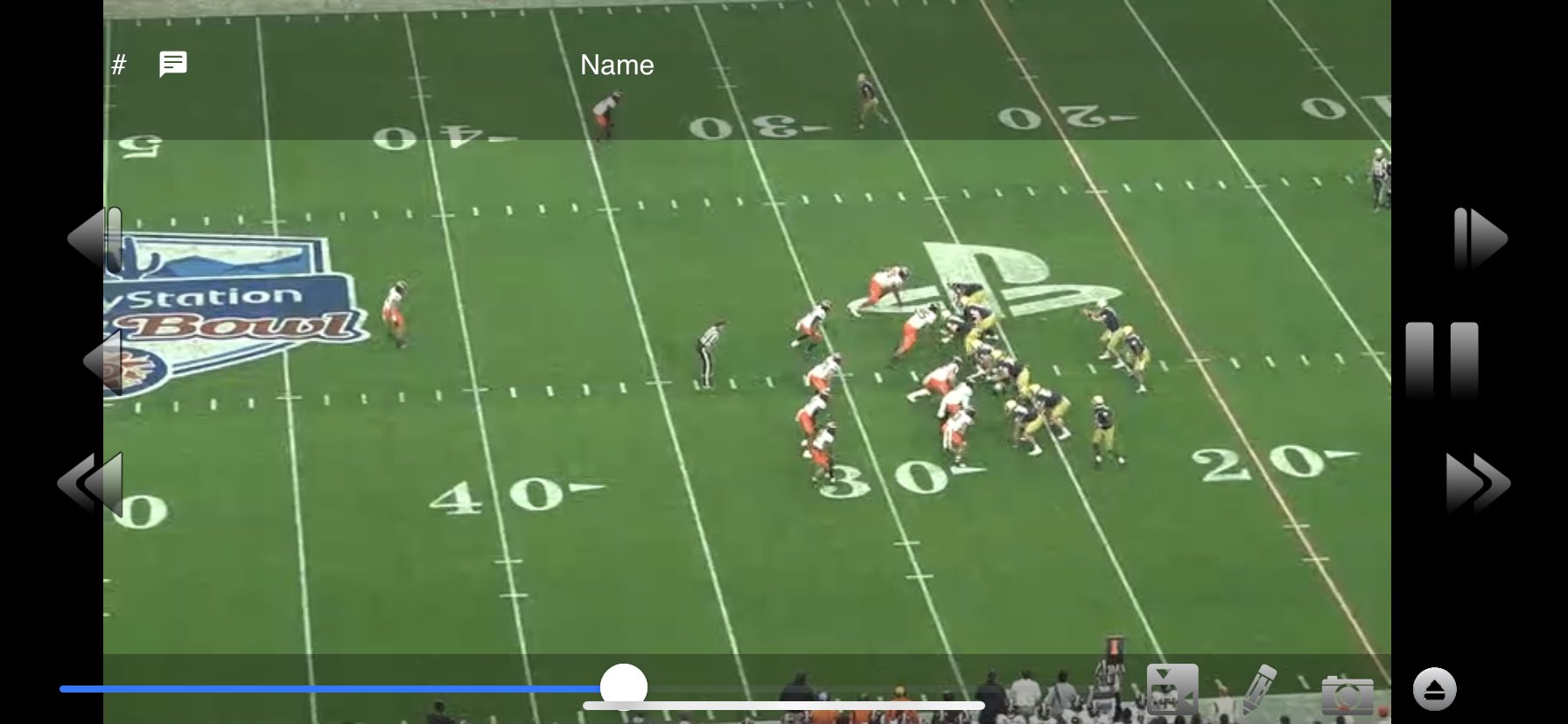 |
| Single High |
Coverage is highly predicated on disguise and he will pretty much run any coverage from any pre-snap look. He will occasionally move the CBs up to the LOS, but not terribly often (typically to the field), and often he doesn't actually press from that position. He will put guys in positions that are harder to execute from, because in his opinion, disguise will slow down QB enough to overcome it. The disguise also generally gets offenses running the ball into situations that aren't run friendly.
What does this mean. Well, here's an off coverage look that Knowles will employ. 5-DBs are lined up about 10 yards off the ball.
Cover 1:
Tampa 2:
Cover 3:
Zero Double Rat (Creeper pressure, meaning you drop a defender from a primarily pass rush position, and bring a different defender from a primarily coverage position, and it results in 4 rushers)
You can see how the disguise can hurt you in Cover 1. But you can't also just play a bunch of spot drop zones the whole game, or teams can eat you up underneath. Notre Dame took advantage of this. As the zone drops gain more depth, Notre Dame just threw underneath it.
But the benefit of all this disguise is that you can play effectively any coverage.
The majority of snaps that I saw were either forms of Cover 3 or Tampa 2.
In these schemes, it becomes easy to see an additional benefit of his three high structure. Because from it, he can run Cover 3 Robber, which adds either the Boundary Safety or Field Safety (depending on strong or weak rotation) down into the hook/curl zone, and therefore, into the box as a run defender. You show a light box (meaning the offense has enough blockers to block every defender in the box) but add numbers from depth that they don't account for.
Cover 3 Robber
And they'll run other variations of Cover 3, including Cover 3 Cloud to keep the CB supporting in the run fit. So any of the 5 DBs at any one time can add themselves to the run. The three high safety defense gives the false impression that it's a pass defense, but with the front spilling everything and DB numbers coming into the box, often times it truly is a run dominant defense, particularly on early downs.
There are also 2 variants of Tampa 2.
They will use the Middle of the Field (MOF) Safety as the deep hole defender. This gives you a more athletic deep coverage, and almost acts as a Double Cloud Cover 3. So while the QB initially sees a 2-high coverage, it turns into a single-high.
But you will also see them play Robber with the MOF safety and drop the LB into the hole, and form a more traditional Tampa 2 look. Again, adding defenders that are hard to account for from depth.
He will also run Cover 1, but especially with his odd fronts, he can adjust who the deep MOF safety will be and who will be in coverage. This allows them again to provide a few different looks, as a lot or times in Cover 3, the middle safety will play deep MOF, and in man vs 3x1, the boundary safety will be the deep MOF player. Again, you're just changing the picture to the QB.
I would say Cover 1 was his third most popular scheme, especially against run heavy and option oriented teams.
He didn't run much quarters, but it is sprinkled in. Both with 4-man pressure
And 5 man pressure
And there are also variants of Cover 0 and Brackets as well
Cover 0
Cover 0 Double Rat
Brackets
So, umm.... Everything everywhere from all at once. Or something like that...
And of course, then on pass downs it can get wild.
I've Been Asked, so I'll Add
Yeah, Knowles did some interesting stuff with mugged defenders, especially with how they defended gap schemes.
Elsewhere
I always recommend Coach A and Match Quarters. It is one of the best defensive resources that are available and Coach A is a fantastic teacher. As such, I can't recommend enough his article, which also details response to motion, alignments, a ton of history on how and where Knowles was influenced, and great examples of how Knowles gets in and out of odd/even fronts by dropping the LEO and adding a LB, not to mention more of the pressure scheme with "green dog" (adding to the pressure if your coverage responsibility stays in to block)
Overall
One of the things that made Knowles hard to scout is that he was very gameplan specific. His plans from game-to-game varied widely. Yes, there were staples he showed every game. But what he believed in, what he leaned on, was more gameplan than system based. I do not expect Ohio State to just run the Oklahoma St defense. The units and skills are very different. Honestly speaking, I think OSU ends up running a lot of 4-down, 4-2-5, Cover 1 and Cover 3, which looks a lot like last year. But while they may favor that, they'll be more.
I still expect they press more than they've shown, but they really haven't show that to be a priority, either in spring or at Ok St. So that's pure speculation. I also expect them to implement more man match than we saw at Oklahoma St, again, because of the types of talents
I also think Ohio State will be very personnel package driven. Certain guys for certain roles. Lots of guys getting snaps. This differs than Ok St, but I think it's necessary for Ohio St to do all the things Knowles wants them to be able to do.
That's the overall summary of it. Now I can go back to just writing OSU and meaning Ohio State. Overall, I expect the unit to be better coached and more fundamentally sound. That alone should mark more consistency and improvement for the D



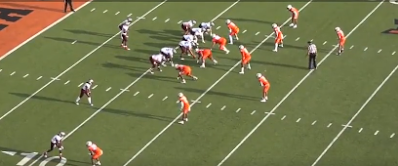

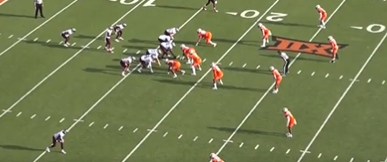




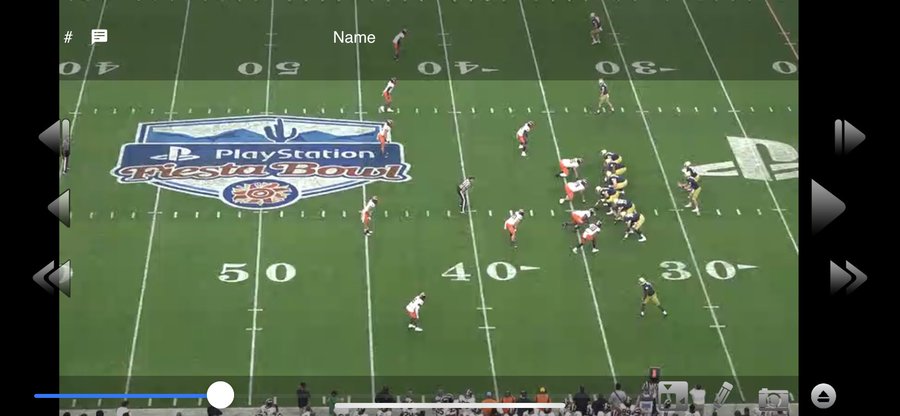




Comments
Post a Comment